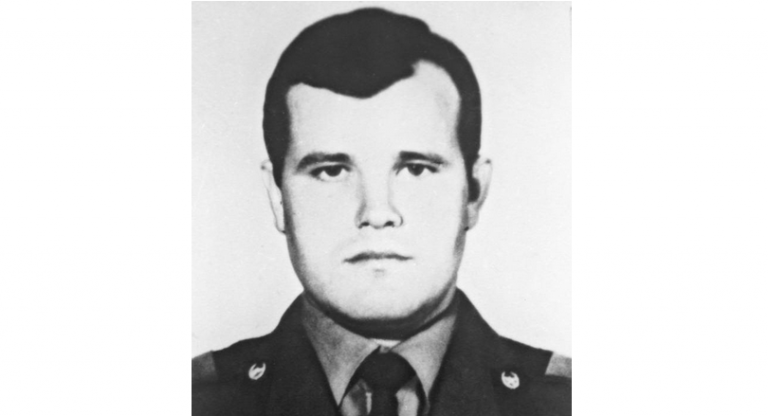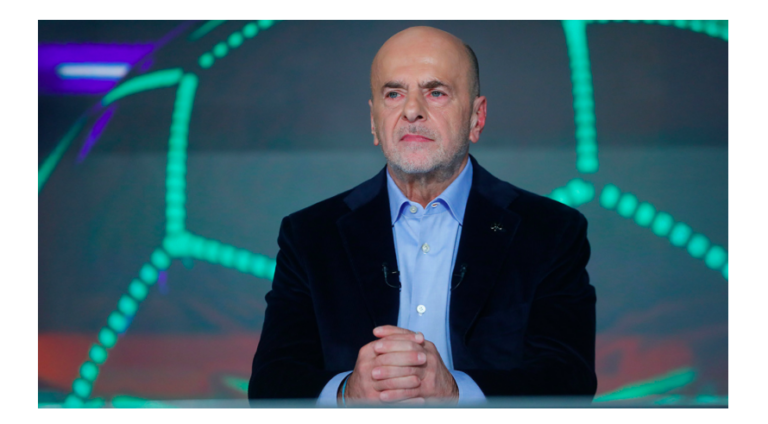Even after more than three decades, the death toll of the Chernobyl nuclear disaster is still wildly disputed.
According to Newsweek, the wafting clouds of radioactive material over Ukraine, Belarus, and even as far as Sweden, killed 4,000 people. That’s what U.N. agencies found, at least. Others estimate deaths in the hundreds of thousands.
Despite the fact that a universally agreed upon figure is nonexistent, Chernobyl was one of the most historic disasters of the 20th century.
The trouble started when the facility’s RBMK Reactor No. 4 experienced an unexpected surge of power, exploded, and blew the roof off. The open-air graphite fires weren’t extinguished for nearly two weeks, causing plumes and plumes of deadly radiation to float over and settle on vast territories of Russian and Eastern European land. To this day, children in the region are born with birth defects.
Before the long-term effects became clear, however, boots on the ground — loyal to the Soviet leadership ordering them to do their jobs — were the first to respond to the disaster. Most emergency responders, however, were unaware of the true risks.
How many earths/resources needed if people lived like these countries (infographic)
PM Mitsotakis: Turkey’s Varosha decision is a flagrant violation of UN Security Council Resolutions
Among the brave souls on the scene was Vasily Ignatenko, a firefighter responding to a seemingly standard blaze at the Chernobyl plant. He died due to radiation exposure less than three weeks later — but his historic contributions helped stop the crisis from becoming even worse.
The Chernobyl Meltdown Of April 26, 1986
The Chernobyl Nuclear Power Station took its name from a medieval town nine miles away. The first reactor was completed in 1977 and the whole town of Pripyat was developed around the site. Workers and their families settled there while the USSR envisioned the city as a model for its atomic future. Then, in 1986, disaster struck.
Read more: All That’s Interesting
Ask me anything
Explore related questions





